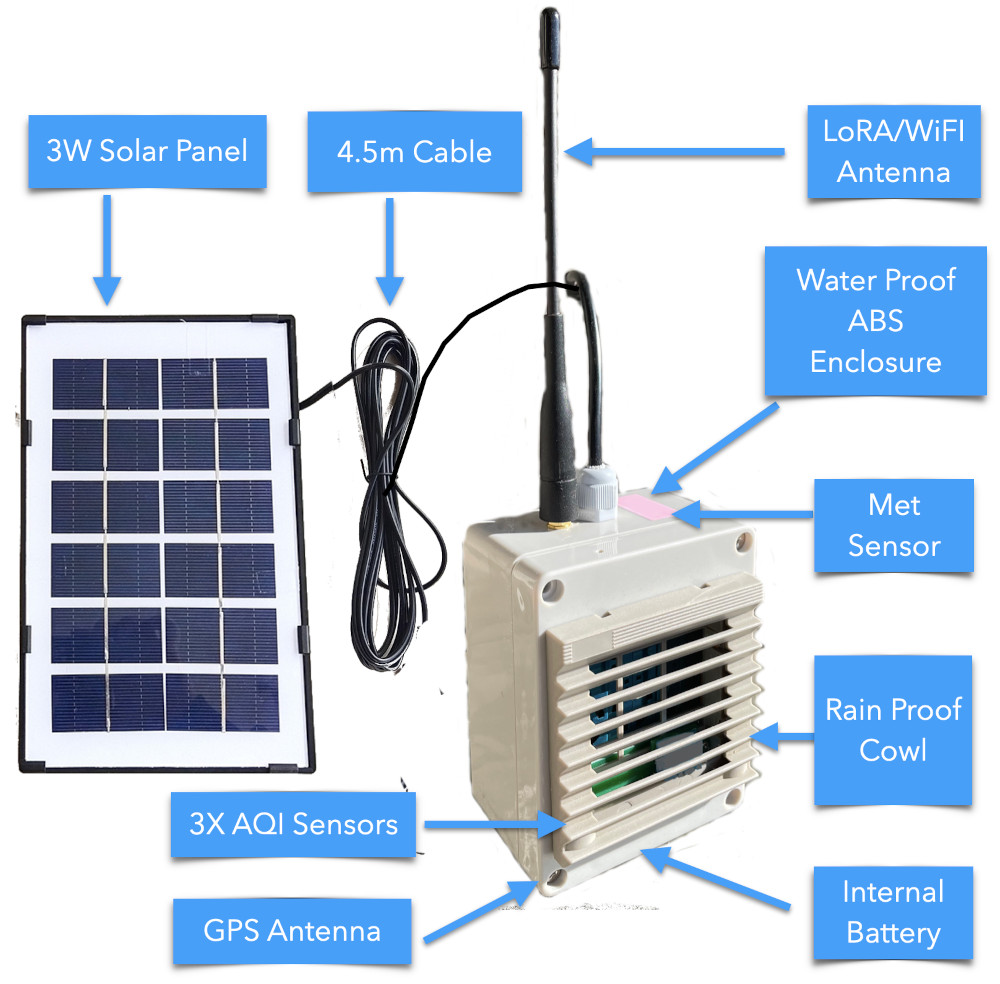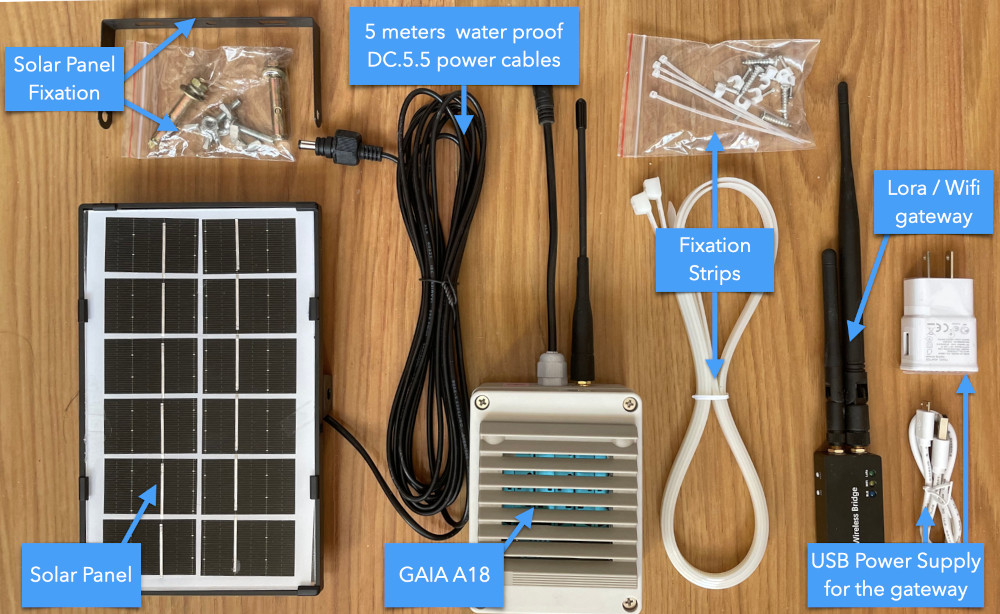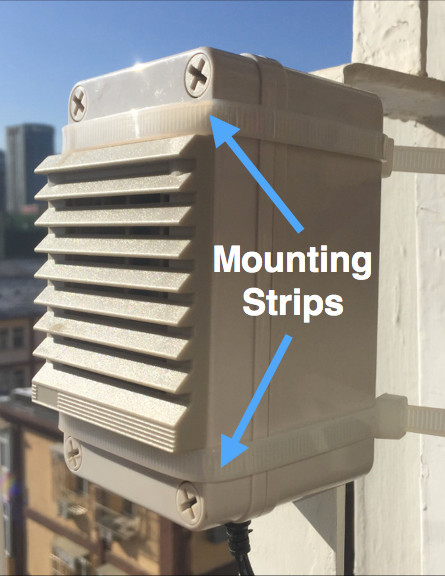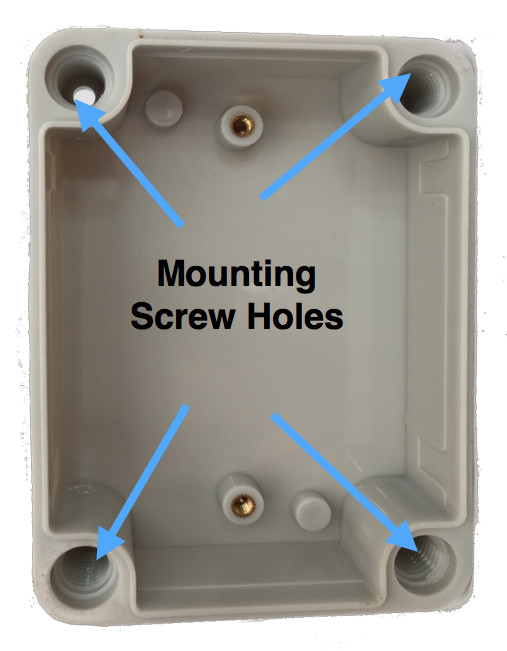
Overview
The GAIA A18 is an improved GAIA A12 design, with solar panel power and long-distance radio, allowing the station to operate in areas where either power supply or WiFi connectivity is unavailable.
Battery and Solar Powered
The GAIA A18 can operate using the battery for seven days without a recharge (when using LoRa). The solar panel battery can recharge the battery within a few hours under direct sun conditions. Using both the solar panel and the battery, the station can operate forever off-grid, provided there are a few sunny days every week.
Battery & Power Consumption:
- Battery Model: 18650 LiPO battery (standard battery)
- Capacity: 3400 mAh 3.7V (12.5 Wh)
- Lifetime: 7+ days without solar harvesting (using LoRa)
- Sensing Cycle: 30 seconds every 5 minutes (configurable)
- Power Consumption: 130µA in sleep mode, ~100mA in sensing mode
Solar Panel:
- Max output: 8V 500mA (4W)
- Dimensions: 220 * 130 * 7mm
- Weight: 260g
Monitoring Device:
- Dimensions: 115 * 90 * 55 mm, excluding antenna
- Weight: 450 grams, excluding battery
- Weight: 600 grams, including battery
Additional accessories included with the station:
- 10m waterproof power cable
- 3400 mAh 18650 battery
- fixation straps
Optional extensions (let us know at ordering time):
- Optional SD-Card storage for off-network operation.
- Optional GPS module for geolocation
- Optional high gain WiFi antenna
Enhanced Connectivity using LoRa ("Long Range")
The GAIA A18 can operate using WIFI like the GAIA A12. But it also comes with "long-range" connectivity support (LoRA), allowing you to locate your station several hundreds of meters up to several kilometers from your network gateway (depending on the line of sight). The GAIA A18 comes with an external WIFI/LoRA gateway.
The GAIA A18 also contains an optional internal GPS sensor to make it easier to locate your remote stations.

Pricing
The GAIA A18 with both solar panel+battery and LoRa features connectivity costs 350.
It is also possible to get the A18 with only one feature (either Solar or LoRa) for 280.
Support for the GPS cost an additional 50.
| Product version | GAIA A12 | GAIA A18 Solar | GAIA A18 LoRa | GAIA A18 Solar+LoRa | GAIA A18 Solar+LoRa+GPS |
| Network Connectivity | WiFi | WiFi | LoRa + WiFi | LoRa + WiFi | LoRa + WiFi |
| Power Supply | Power Outlet | Battery + Solar Panel | Power Outlet | Battery + Solar Panel | Battery + Solar Panel |
| Accessories | 10 meters power cable | 10 meters power cable Solar Panel | 10 meters power cable LoRa gateway | 10 meters power cable Solar Panel LoRa gateway | 10 meters power cable Solar Panel LoRa gateway |
| GPS | no | no | no | no | yes |
| Cost | 200 | 280 | 280 | 350 | 380 |
GAIA A18 Solar+LoRa package content:

Ordering and Inquiry
Fill in the form below to get a quotation including the shipment cost.
Frequently Asked Questions:
- Payment: It can be done using any regular credit card.
- Discount: 10% discount when ordering 5 pieces, 20% when ordering 10 pieces or more.
- DC Adapter: Products are shipped with localized power plug adaptors (USB power supply) for US, EU, AU and UK.
 Mounting with straps
Mounting with straps 
